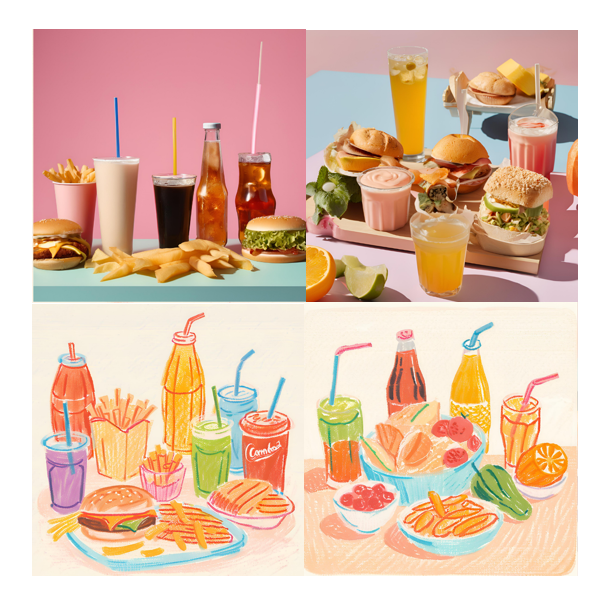
Animals in their natural habitats must effectively search for and select nutrient-rich foods while avoiding potentially toxic ones. These dietary preferences are largely acquired through direct experience with the flavors present in food. The development of appetitive preferences has been widely studied through the flavor preference conditioning paradigm, where a previously neutral taste stimulus (e.g., cinnamon) is paired with an already preferred flavor (e.g., sugar). After this procedure, an increased consumption and preference for the previously paired flavor cue is observed. This phenomenon plays a crucial role in feeding behavior, influencing food choices, the amount consumed, and even the perceived state of satiety after a meal.
The primary mechanisms underlying conditioned preferences are based on associations between the neutral flavor and the nutritional and/or sensory properties of the already preferred flavor; these two associations are known as Flavor-Nutrient and Flavor-Flavor, respectively. This learning process biases preferences toward highly hedonic (e.g., the sweet taste of sugar) and/or energy-dense foods (e.g., the caloric component of sugar). While highly beneficial for animals in natural environments characterized by scarcity and survival challenges, in human societies where obesogenic environments and mass exposure to highly hedonic and caloric foods and beverages are pervasive, this mechanism may underpin multiple eating habits detrimental to health.
In the present study, it was observed that constant and extensive exposure to highly hedonic and caloric stimuli leads to a new form of learning distinct from those previously described in the literature on conditioned preferences. This learning fosters automatic and rigid behaviors, insensitive to changes in the value of the foods exposed. The results are particularly concerning as these behaviors are activated independently of the organism's physiological state (hunger/satiety), promoting excessive intake of foods that are typically high in calories.
Full reference:
González A, Sánchez J & de Brugada I. *The nature of training in flavor preference learning determines the underlying associative structure*. Behav Processes. 2024 Aug;220:105074. doi: 10.1016/j.beproc.2024.105074.
Contact researchers:
Ana González Gómez: gonzaleza@ugr.es
Isabel de Brugada Sauras: dbrugada@ugr.es

